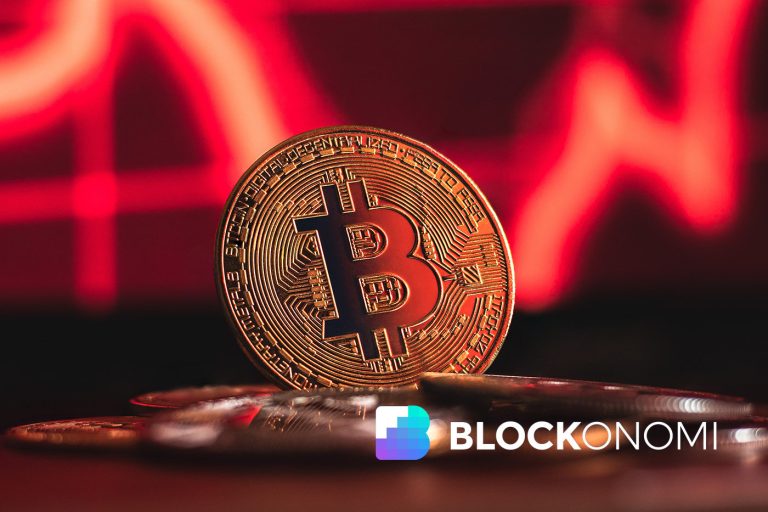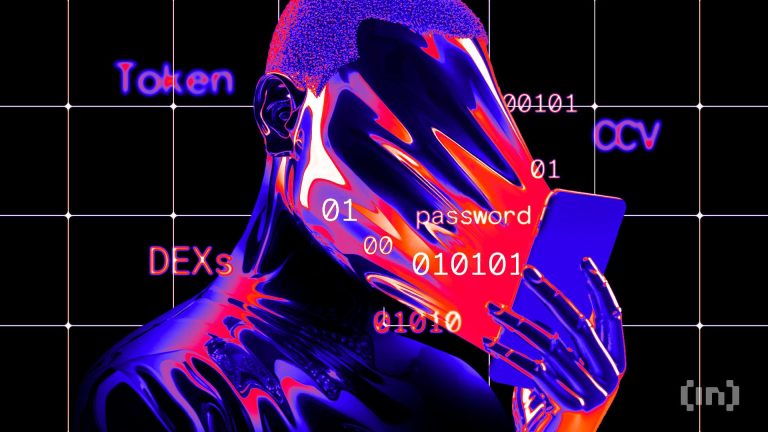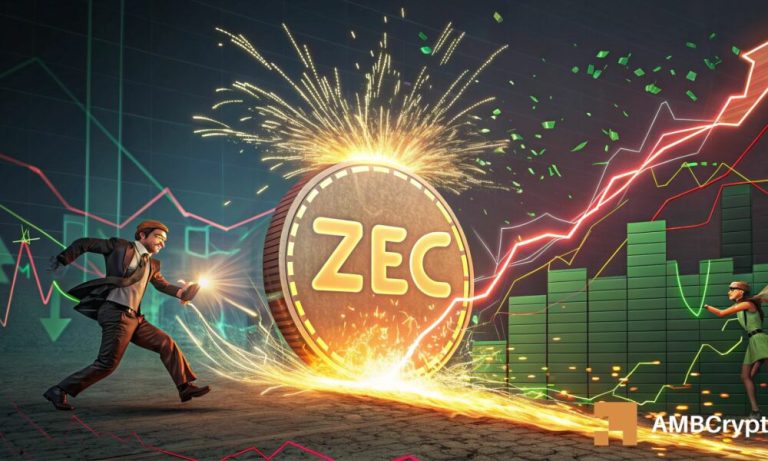Brazil’s Central Bank Introduces Game-Changing Stablecoin Regulations
Brazil has officially taken a bold step in the world of cryptocurrencies. On November 10th, Brazil’s Central Bank (BCB) announced groundbreaking regulations to bring stability and clarity to stablecoin transactions. For the first time, stablecoin operations—including self-custody transfers—will be classified as foreign exchange transactions. This revolutionary move aims to balance innovation with financial integrity while placing Brazil at the forefront of digital finance regulation.
Key Dates and Compliance Requirements
The new regulations will come into effect on February 2, 2026, with expanded reporting obligations starting on May 4, 2026. All Virtual Asset Service Providers (VASPs), such as brokers, custodians, and intermediaries, will need to secure authorization from the central bank to operate legally. Additionally, companies must fully comply by November 2026 or face closure. Notably, unauthorized transactions will carry a strict $100,000 cap to curb misuse.
What This Means for Stablecoin Use in Brazil
Brazil is witnessing immense growth in digital asset adoption, driven by increasing demand for remittance solutions and payment alternatives. Stablecoins are transforming the way Brazilians conduct financial transactions, particularly in a country where traditional banking services remain elusive for over 122 million adults. By classifying stablecoin activity under foreign exchange rules, the central bank ensures that these operations are treated with the same scrutiny as traditional forex activities, boosting consumer confidence in crypto-based payments.
Financial Oversight at a Banking-Grade Level
The framework mandates robust compliance measures, including Anti-Money Laundering (AML) protocols, cybersecurity controls, and governance. By aligning with global standards like the EU’s MiCA and the U.S. GENIUS Act, Brazil positions itself as a regulatory leader in Latin America. This new oversight complements the 2022 crypto law, which laid the groundwork for a safer and more transparent digital finance ecosystem.
Latin America’s Digital Finance Revolution
Brazil’s timing couldn’t be more strategic. Latin America is quickly transforming into an epicenter for Web3 banking solutions, fueled by a mix of high inflation and strong crypto adoption. The region processes over $160 billion annually in remittances, making blockchain-based financial solutions highly attractive. Emerging Web3 neobanks, like Plasma and EtherFi, are leveraging stablecoins and DeFi protocols to offer low-cost, borderless services. Plasma, backed by Tether, has already locked in $5 billion in value, underscoring the potential of these platforms to disrupt traditional banking.
Potential Risks and the Path Forward
While such advancements are promising, risks remain. Events like the TerraUSD collapse and rising DeFi hacking incidents highlight vulnerabilities in the system. However, Brazil’s regulatory clarity is a step in the right direction, offering a framework that balances consumer protection with innovation. For those involved in crypto or eager to enter the market, this development sets a new standard for responsible digital finance.
Get Started with Stablecoins
Looking to navigate the world of stablecoins? The Tether Platform offers a secure and reliable entry point into this thriving ecosystem. Explore their suite of fiat-backed stablecoins designed to simplify international transactions and remittances.





